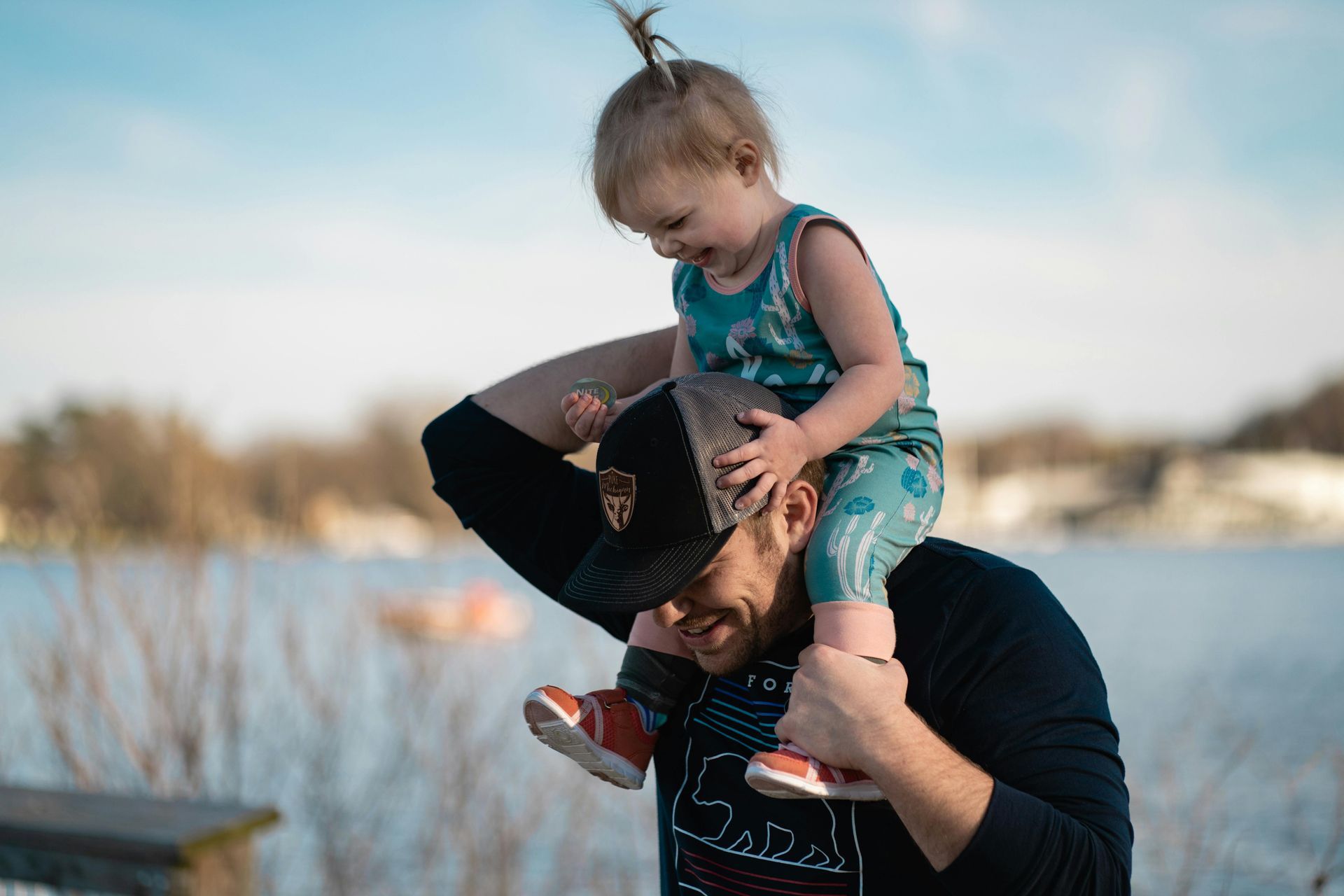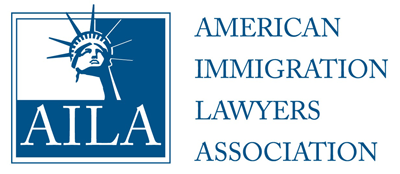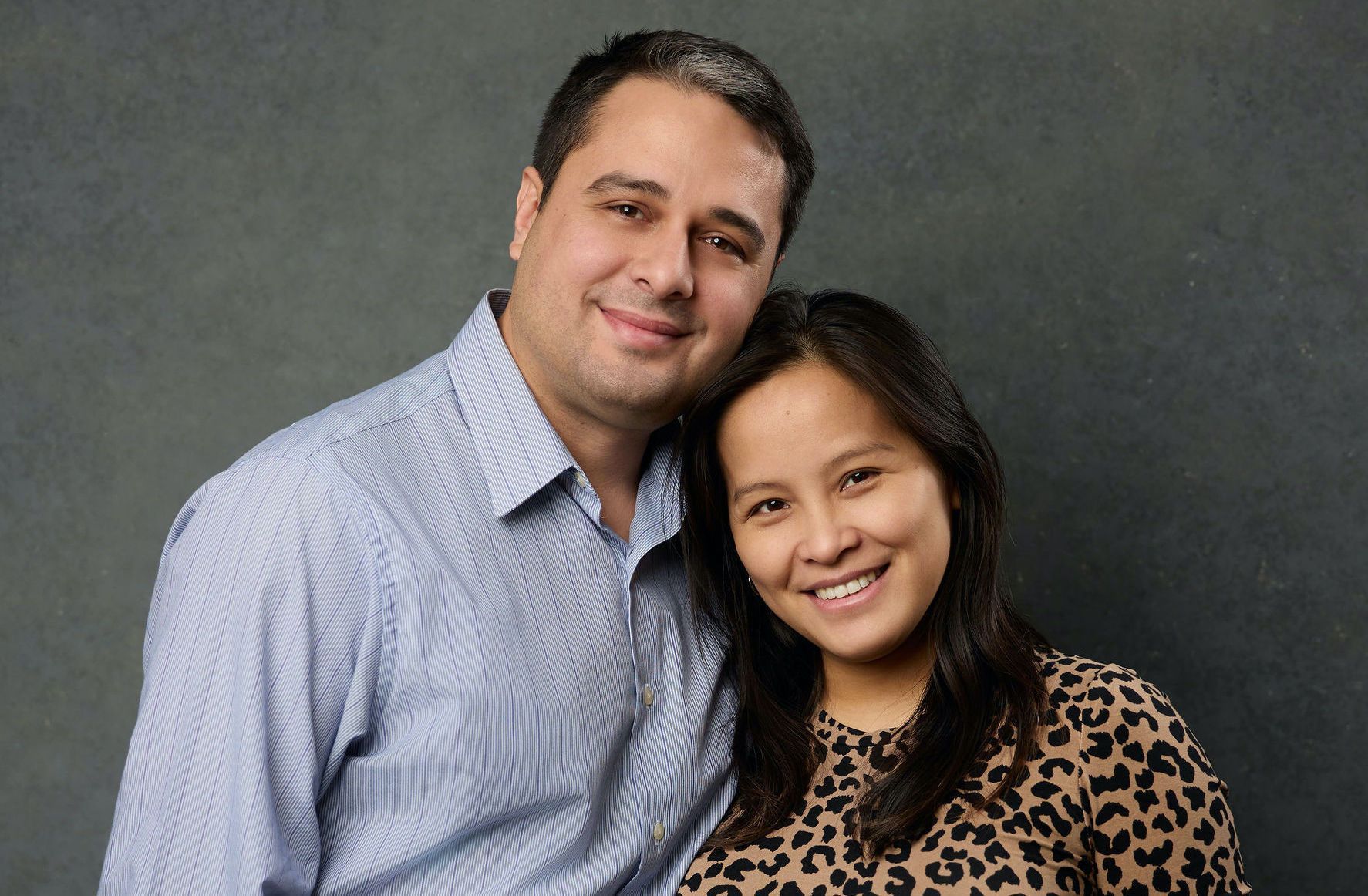Philippine Teacher: How to Find an H-1B Position in the United States

This article will cover the topic of "How to find an H-1B Position?" The Teacher could be in the Philippines at this time, or could be in the US under an alternative teaching visa:
- J-1 Cultural Exchange Teacher
- R-1 Religious/Private School Teacher
- F-1 Student utilizing OPT for Teaching Experience
First, lets cover the three visa categories that can bring a teacher to the US:
- J1 Cultural Exchange Teacher: A popular visa for teachers, where the interview process is facilitated through a J1 Sponsor, and a visa is acquired relatively quickly at the US Embassy in Manila. A list of J1 Sponsors can be seen here:
https://j1visa.state.gov/participants/how-to-apply/sponsor-search/ The biggest consequence for the J1 Visa is the 2-year home residency requirement that restricts other employment visas such as H-1B until EITHER you've returned home to the Philippines for 2 years or you've acquired a J1 Waiver.
- R1 Religious/Private School Teacher: Requires a religious private school, such as a catholic school, to sponsor. More information on a Catholic School (Philippines is predominately Catholic) teaching position can be seen here:
https://www.fickeymartinezlaw.com/deeper-dive-r-1-catholic-teacher-positions-how-to-locate-possible-religious-education-employment
- F1 Student utilizing OPT for Teaching Experience: A student visa holder may be able to acquire the ability to work (aka Employment authorization Card or Optional Practical Training) for 1 to 3 years (depending on whether education was STEM or Non-STEM). This teaching experience is very beneficial for acquiring a H-1B teaching position after the OPT Period.
Second, What are some tasks every Philippine Teacher should Consider?
- Credential Education: Our clients have had positive experiences working with World Education Services , International Education Evaluations , and Education Credential Evaluators. However, the National Association of Credential Evaluation Services (NACES) provides a list of qualifying companies: https://www.naces.org/members. A helpful note, USCIS requires applicants to provide evidence of all degrees, certifications, or licenses received, including specifically: (1) Transcripts, (2) Diplomas, (3) Degrees, and (4) Certificates.
- Study for the TOEFL: Study for the Test of English as a Foreign Language. Recommend reviewing a free study guide or practice tests.
- Study for the PRAXIS: The Praxis exam tests the knowledge and skills needed to teach in a specific subject area and grade level. The testing requirements may vary on the state you plan to teach in as well as the grade level or subject area you are seeking to teach.
Lastly, how can a Philippine Teacher locate an H-1B Position?
Ideally, you should look for Schools that have sponsored in the past. If they've done it in the past, they may be willing to sponsor again in the future. An unofficial (non-government website) list can be seen here: https://h1bgrader.com/job-titles/teacher-g101183607/lca/2025 (You can limit the list by Specific Teaching Position, by Year, and also by State)
This should be the starting point of Philippine Teachers planning to acquire an H-1B Teaching Position in the United States.
Philippine Teacher Article Recommendations
Disclaimer: This Blog is made available by the lawyer or law firm publisher for educational purposes only as well as to give you general information and a general understanding of the law, not to provide specific legal advice. By using this blog site you understand that there is no attorney-client relationship between you and the Blog/Web Site publisher. The Blog should not be used as a substitute for competent legal advice from a licensed professional attorney in your state.












